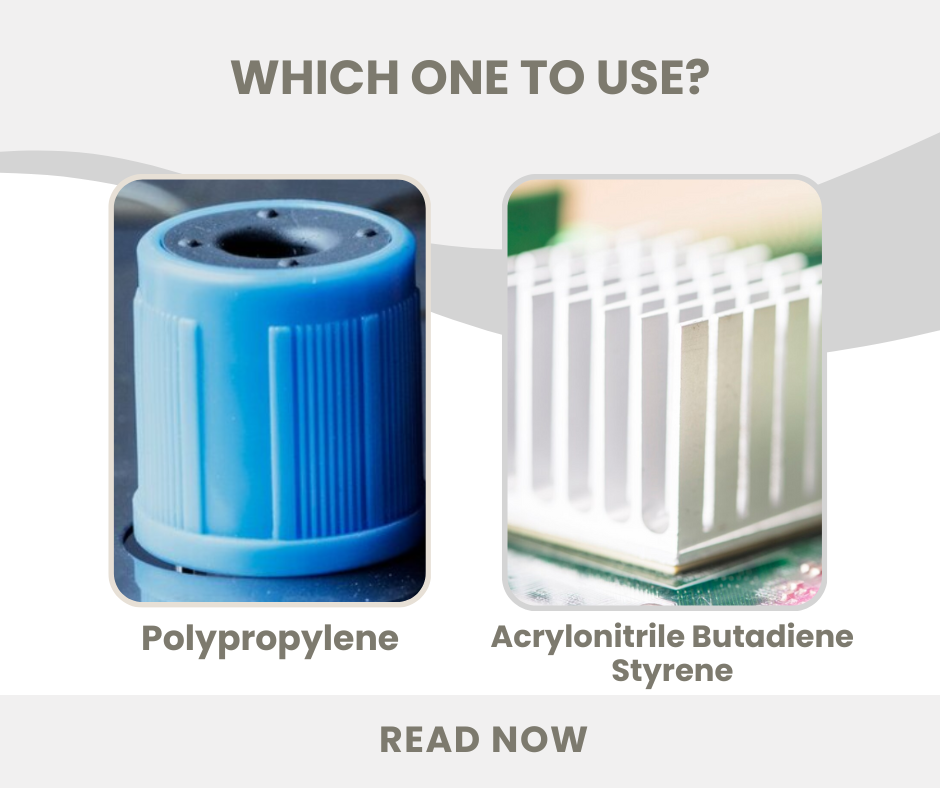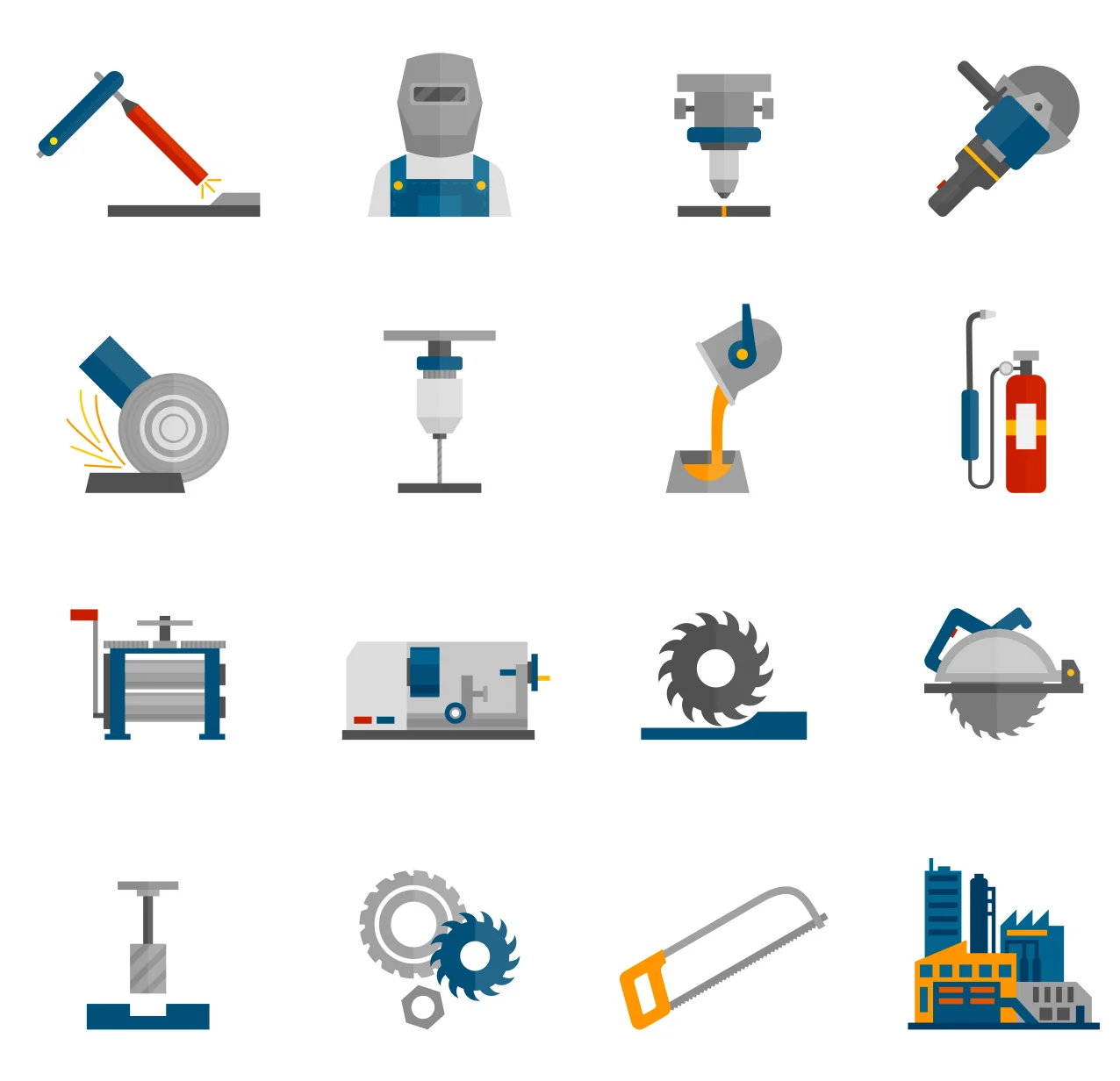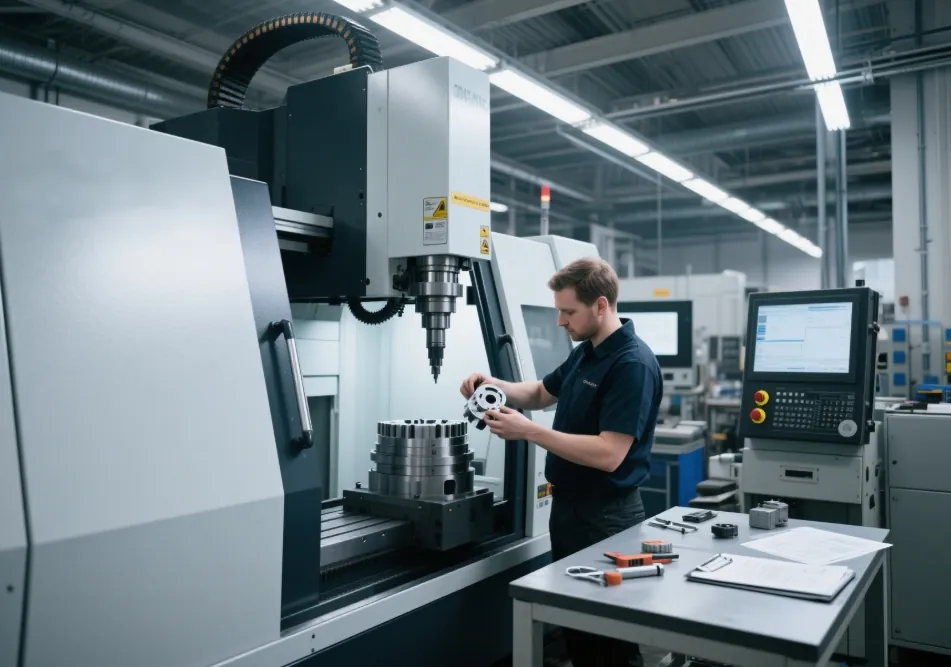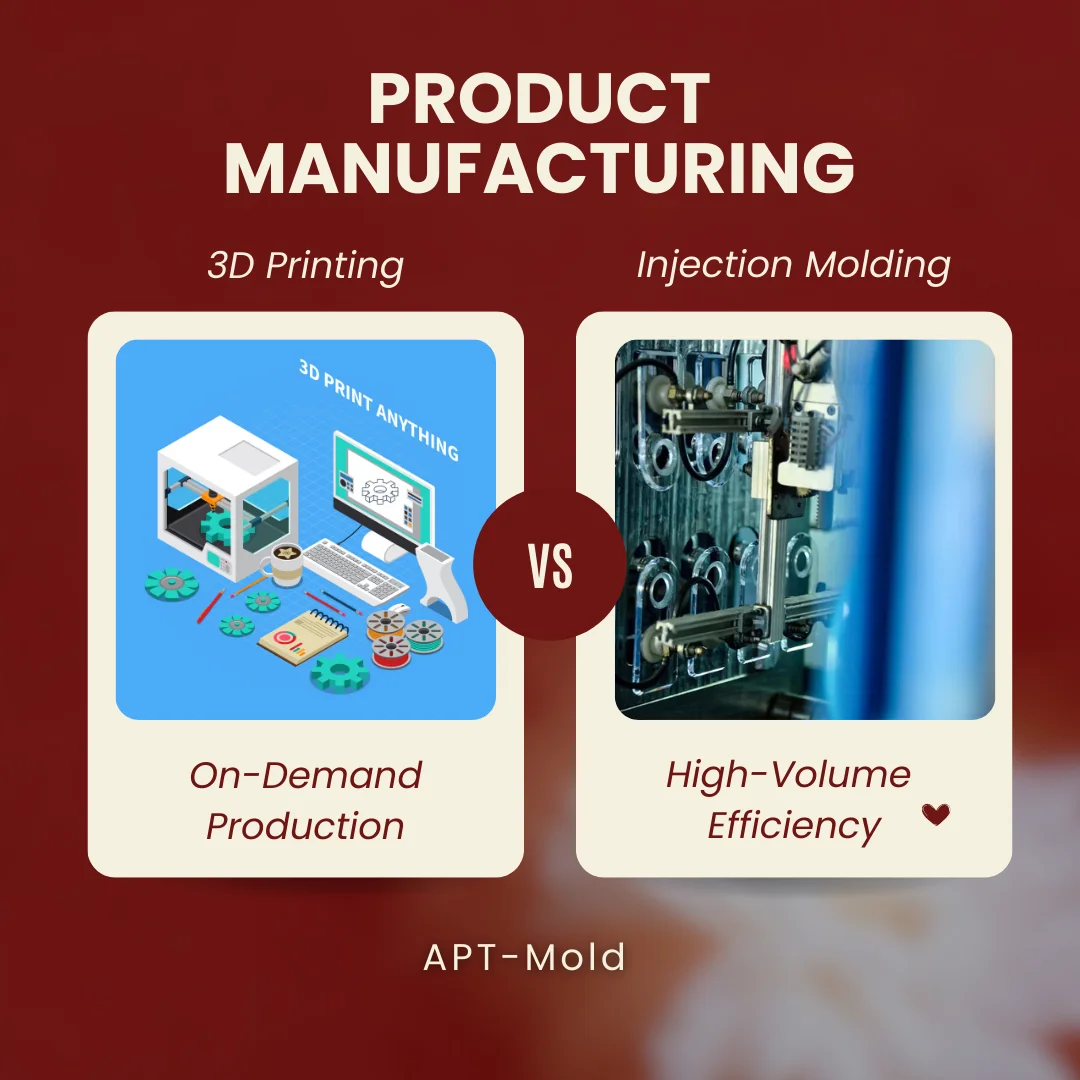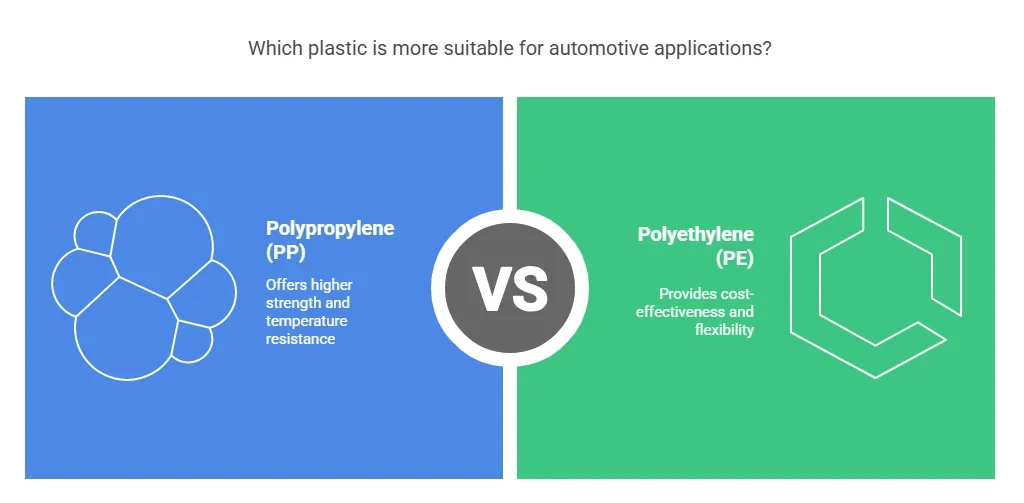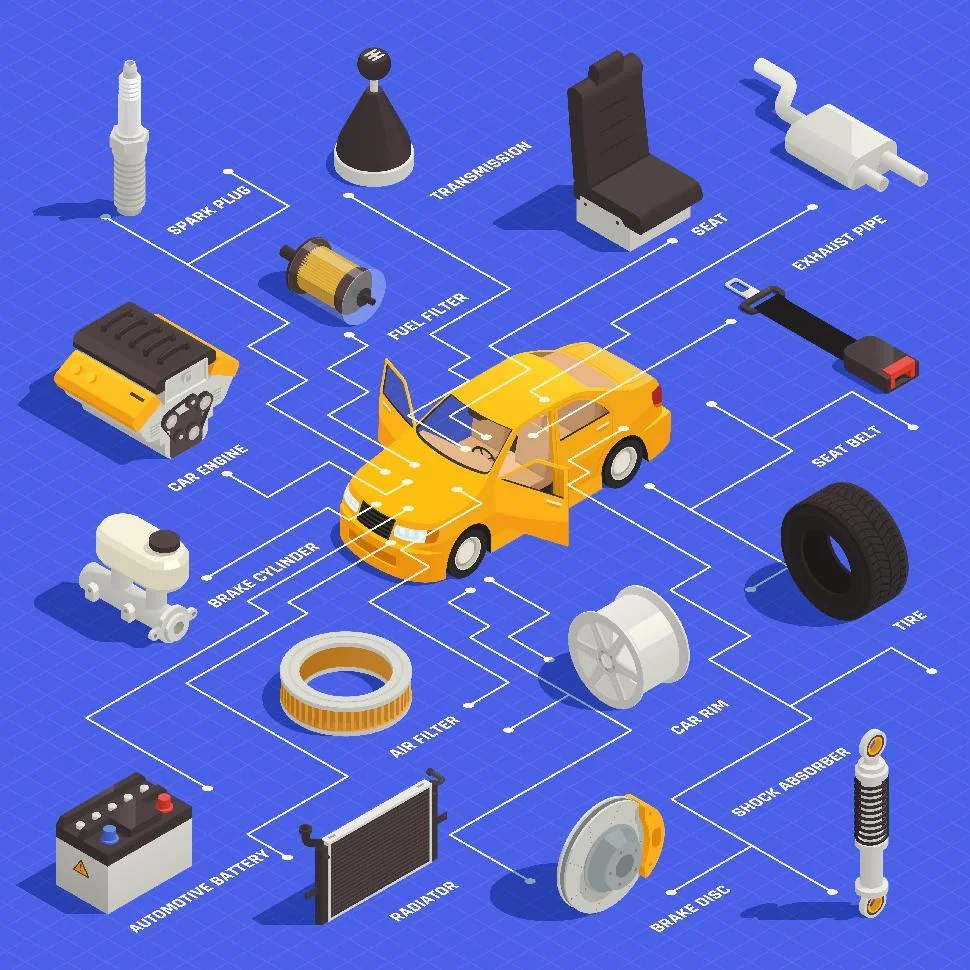Prototyping is a vital stage of production as it gives most businesses their competitive edge if there is one problem that is still plagued by many problems despite the technological advancements in the product development phase.
It’s for these reasons that most firms are looking for a different technique that will make their prototype production much more effective and efficient. A prototype in most aspects is a physical representation of an idea or design. It’s mostly used to test the functionality and design, it’s with this respect that the making of prototypes should be less-expensive, quick, and safe.
Just as its name, prototype moldincludes different manufacturing techniques which are used quickly and economically used to make parts and products, this is normally done through additive techniques. Through prototype molds, product designers and engineers can make proof-of-concept models using CAD data. This makes the overall process much faster than ever and allowing for factoring in for revisions on the designs based on testing and feedback.
Table of Contents
ToggleWhy are prototype molds important?
There are various reasons why a prototype is essential for successful product development. Other than having a physical element that you can see feel and touch, all of the stakeholders will first have to approve it before it can move to the final phase of production.
Another reason why a prototype mold is important is to test its viability of an idea or design to see whether they meet all the requirements, its also used in the evaluation as well as testing and fixing all the defect before full-production can be rolled out.
In-mold creation, prototypes act as a bridge between product design and mass-production. It can be used to taste the market and see how people respond to it. Prototype molds are mostly divided into two: function and form.
Role of prototype molds in product development
Rapid prototype mold plays a crucial role in product conception and development, it brings a set of advantages that designers and engineers have never seen before. With a full and extensive look into the prototype model, we can have an all-access look into the product and point out potential flaws and defects before full production can be finally rolled out.
The traditional and conventional prototyping techniques used to be expensive and time-consuming. But thanks to the ever-changing trends in technology prototype molds have played a key role in advancing product developments.
As of now, both manufacturers and clients can create a pathway by forming links to different ideas and finally pouting those ideas into practice through the creation of a part or product.
In the prototype mold industry, designers and engineers have greatly benefited as they are now able to bridge the production gap and ensure their clients never experience shortages or a delay in their production run; this is crucial as it ensures the demand and supply chain go hand-in-hand ensuring the prototype molds functions as it was intended hence the end-user will not face any problems when it comes to usage or application.

